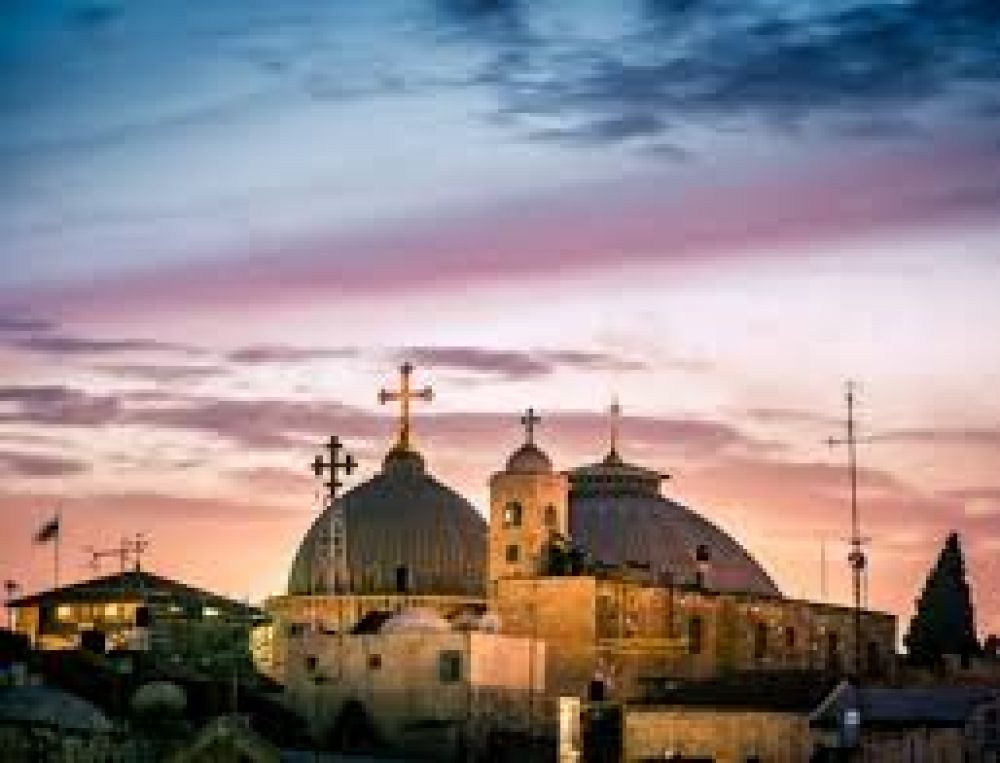

The Church of the Holy Sepulchre in Jerusalem is not just a site of immense religious significance, but it is also a monument that tells a tale of faith, conquest, and the continuous evolution of tourism in the Holy Land. Located in the Christian Quarter of the Old City of Jerusalem, this ancient church stands on what many believe to be the site of both the crucifixion and the tomb of Jesus of Nazareth, making it a focal point for Christian pilgrims throughout centuries.
The history of tourism to the Church of the Holy Sepulchre can be traced back to the 4th century after Emperor Constantine the Great's conversion to Christianity. This conversion ushered in a new era of religious pilgrimage, with the emperor commissioning a church to be built over the site of Golgotha – the place of the crucifixion – and the adjacent tomb. Over the subsequent years, the site has been destroyed and rebuilt several times, enduring through periods of strife and harmony.
The church gained even greater prominence during the Middle Ages, especially after the First Crusade in 1099, when it fell into the hands of the Latin Church. This period saw significant modifications to the building, and it became a prime destination for European pilgriles. The Crusades themselves, in many ways, can be seen as an early form of tourism - as aside from their military and religious goals, they opened up the Holy Land to scores of travelers.
It was not until the 19th century, with the advent of steam travel and the relaxation of travel restrictions in Ottoman Palestine, that tourism to the Church of the Holy Sepulchre began to resemble the organized activity we know today. The church has continued to draw millions of pilgrims and tourists annually, with peaks during important Christian holidays like Easter.
In recent times, tourism to the Church of the Holy Sepulchre has been affected by broader trends in global travel. Eco-consciousness, sustainable travel, and ethical tourism are increasingly important to modern travelers, including those on pilgrimage. Visitors are more aware of the impact their presence has on the holy sites and are often keen to ensure their trip contributes positively to the local community. Virtual reality tours and apps have also started to complement the physical visiting experience, providing access to those unable to visit in person.
The COVID-19 pandemic had a profound impact on tourism worldwide, and the Church of the Holy Sepulchre was no exception. Pilgrimages and travel were halted, and for the first time in centuries, the church was closed for Easter in 2020. However, as travel restrictions ease, there is a resurgence in religious tourism, with innovative measures to ensure safety and social distancing.
In conclusion, the Church of the Holy Sepulchre remains a testament to the enduring human spirit and its quest for connection with the divine. From the earliest pilgrims to today's tourists, the site continues to evoke awe and inspire faith, making it a timeless destination in the ever-evolving landscape of tourism.